Last Updated on
A compound bow is an important investment for any hunter or target shooter, and you’ll want to protect that investment with regular care and equipment inspection. Regular care of your bow and arrows will ensure your equipment functions correctly when the moment of truth, namely that big buck, steps out in front of you. But it’s even more important to remember that bows are under a great deal of pressure at all times. Any failure of your equipment due to neglect could result in serious injury. Needless to say, it pays to take care of your bow. Here are some important tips from Lance Vinning at gritroutdoors.com.
Strings
Bow strings require regular attention throughout the year. First you’ll want to wax the strings and serving at least once a month when the bow is not in use. However when you begin to use the bow a lot in situations like competition or hunting season, the strings should be waxed weekly. Take note of the weather you’re using the bow in as well. If the bow is exposed to harsh weather, you’ll want to ensure the strings and serving is properly waxed after each exposure.
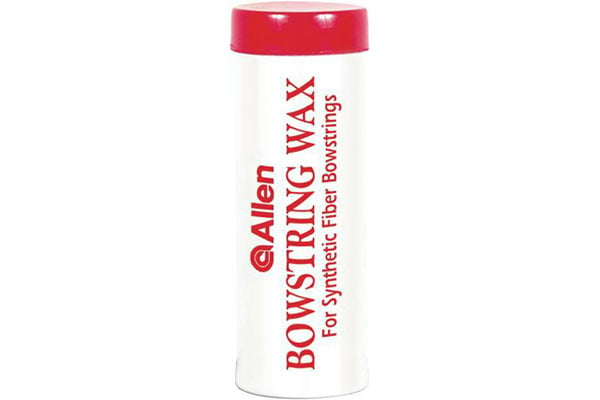
String inspection is just as important as waxing. Before you’re planning to use a bow, you should thoroughly inspect the bow strings and cables for signs of wear or fraying. Bow strings should be replaced every year or so due to normal wear and tear, but the strings should be replaced immediately if they appear worn or frayed.
Bow Hardware
Bow Limbs
Inspection doesn’t stop with the bow strings and cable, you’ll also want to regularly examine the limbs of the bow. Most compound bow limbs are laminated, and these limbs are prone to delaminate (or become divided into layers) when exposed to heat. Delaminated limbs are much more likely to fail when used, and the bow should not be used if this damage appears. To avoid delamination, it’s important to store your bow properly. It should never be left in a hot vehicle for an extended period of time. You can use a cotton ball to quickly rub over the sides of the bow to check for this type of damage.
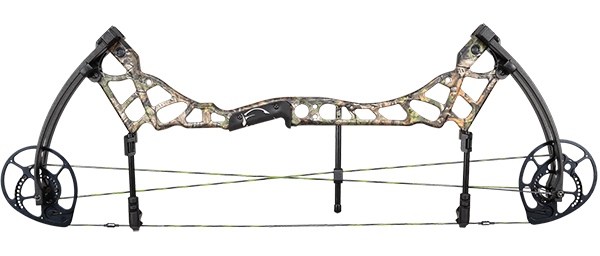
Frame
Similar to the bow limbs, the frame itself should be inspected for any cracks, twists or bulges. You should do this every time before you plan to shoot the bow. If any of these signs of damage appear, take the bow to a professional for evaluation (and repair if applicable) before ever shooting the bow again.
Screws And Bolts
Pay attention to the screws and bolts of the bow before you use it. The screws and bolts should be tight, and you’ll want to inspect them for corrosion damage before taking the bow out. To prevent corrosion and rust, it’s best to keep the screws and bolts clean after use and lightly oiled.
Cams
The cams should be cared for similar to screws and bolts. Keep them clean and lightly oiled to prevent rust and corrosion.
Accessories
All the accessories mounted to the bow should be examined to ensure they’re mounted properly and functioning like they should. This includes accessories like the bow sight, rest, quiver, etc.
Arrows
Once you’ve cared for the different aspects of the bow, you’ll want to turn your attention to your arrows. Arrows need to be replaced over time, and before using one, you should examine it for any cracks or splits. This can be done with the cotton ball method mentioned above, or you can do a simple flex test with the arrow in your hand. If you hear any sounds of cracking during the flex test or see any damage like cracking, splitting or delamination, then you should dispose of the arrow right away. Don’t forget to check the nock of each arrow for damage like splits or cracks. Any damaged nock should be replaced before the arrow is used again.
Always use the proper arrow for your bow setup. Arrows should be selected based upon your draw weight and draw length, and the spine should match this. Improperly spined arrows will not only affect your shot, they can also fail upon release and create a hazard for the shooter by breaking apart. This can create a very dangerous situation that is similar to dry firing a bow, which we’ll cover next.
Improper Uses
Dry Fire
Never dry fire your bow. A dry fire is releasing your bow without an arrow, and compound bows are specifically designed to transfer energy to an arrow. If the arrow is removed, the bow will absorb all the energy and immediately fail. This is very dangerous and can result in damage to the bow as well as possible injury to the operator. Even with just one dry fire, it is common for strings, cables and limbs to break sending pieces of the bow flying. But beware, sometimes dry fires result in just a broken string or even no apparent breaks or failures. However, this doesn’t always mean you got off lucky. It is risky to fire your bow after a dry fire (accidental or on purpose), and the wise course of action is to take it to a professional before you ever fire it again. Dry fires can happen accidentally as well, and it pays to always take your time notching and releasing an arrow, even in the heat of the moment.
Choose Properly Tuned Equipment
Similar to using a proper arrow for your setup, make sure you only use a bow properly adjusted for your draw length and draw weight. This will ensure the bow behaves properly as you shoot it.
Use Approved Bow Presses
A bow press is a mechanical press that is used to take tension off the bow string and cables. Using a bow press is a safe way to work on your bow, but you’ll want to double check the manufacturer’s recommendations before using or purchasing a bow press. Only approved presses should be used on your bow, and when in doubt, don’t use a bow press if it isn’t listed as approved by the manufacturer.
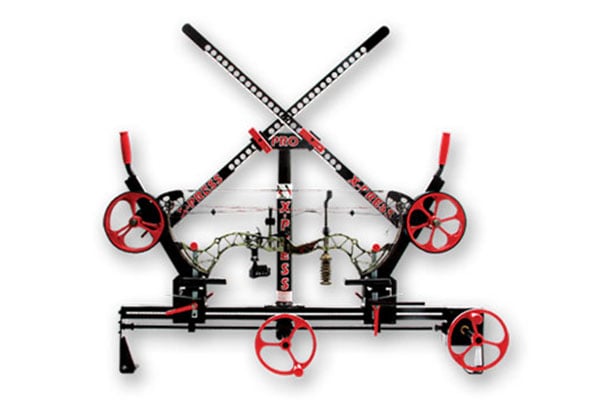
Safe Use
To close this guide on bow care, let’s touch on safe and proper use of the bow. Never aim a bow at anyone even if it isn’t drawn. When hunting or target shooting, you should always properly identify your target before you ever aim at it. You should also clear the area behind the target should the arrow miss its mark. Finally, the target itself should be able to stop the arrow, and make sure it can before you ever aim at it. Follow these rules along with the basic principals of hunter safety to ensure the bow is used safely every time.
Thumb courtesy of Wikimedia Commons.

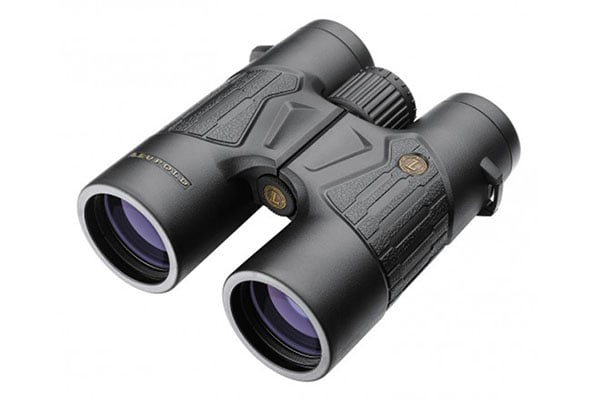
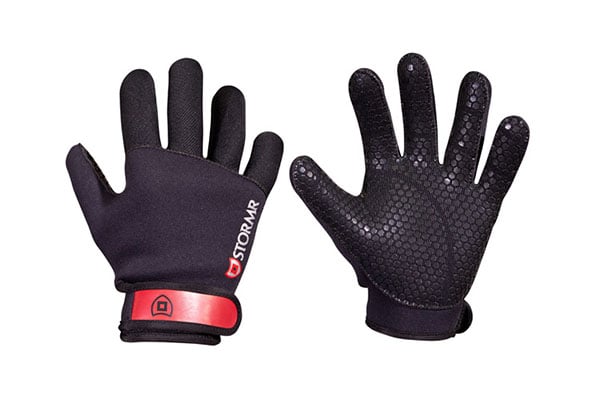









One comment
Great little article. As a novice – I like easily broken down information. In some archery shops – “experts” talk to you like a total dumb ass. Thank you, Al Gore, for inventing the interweb thingy… LOL…